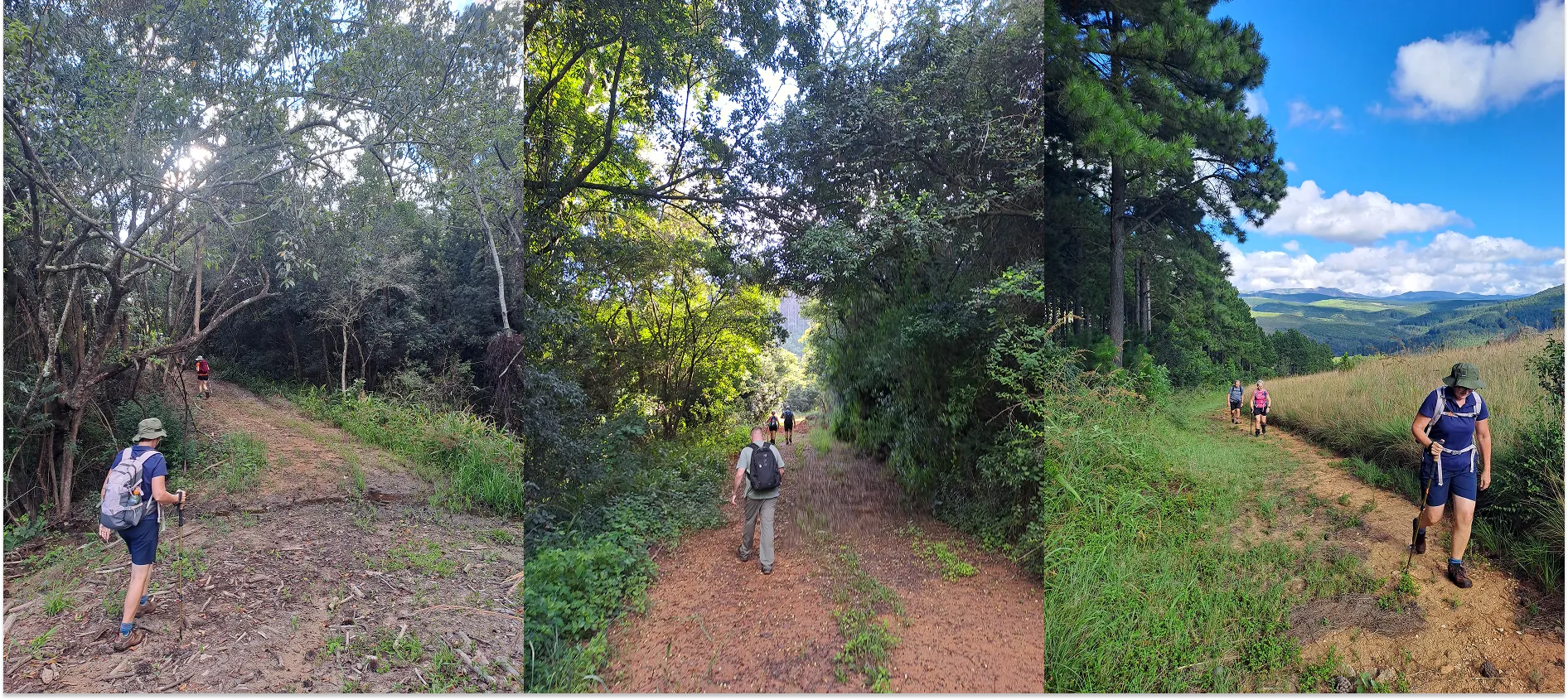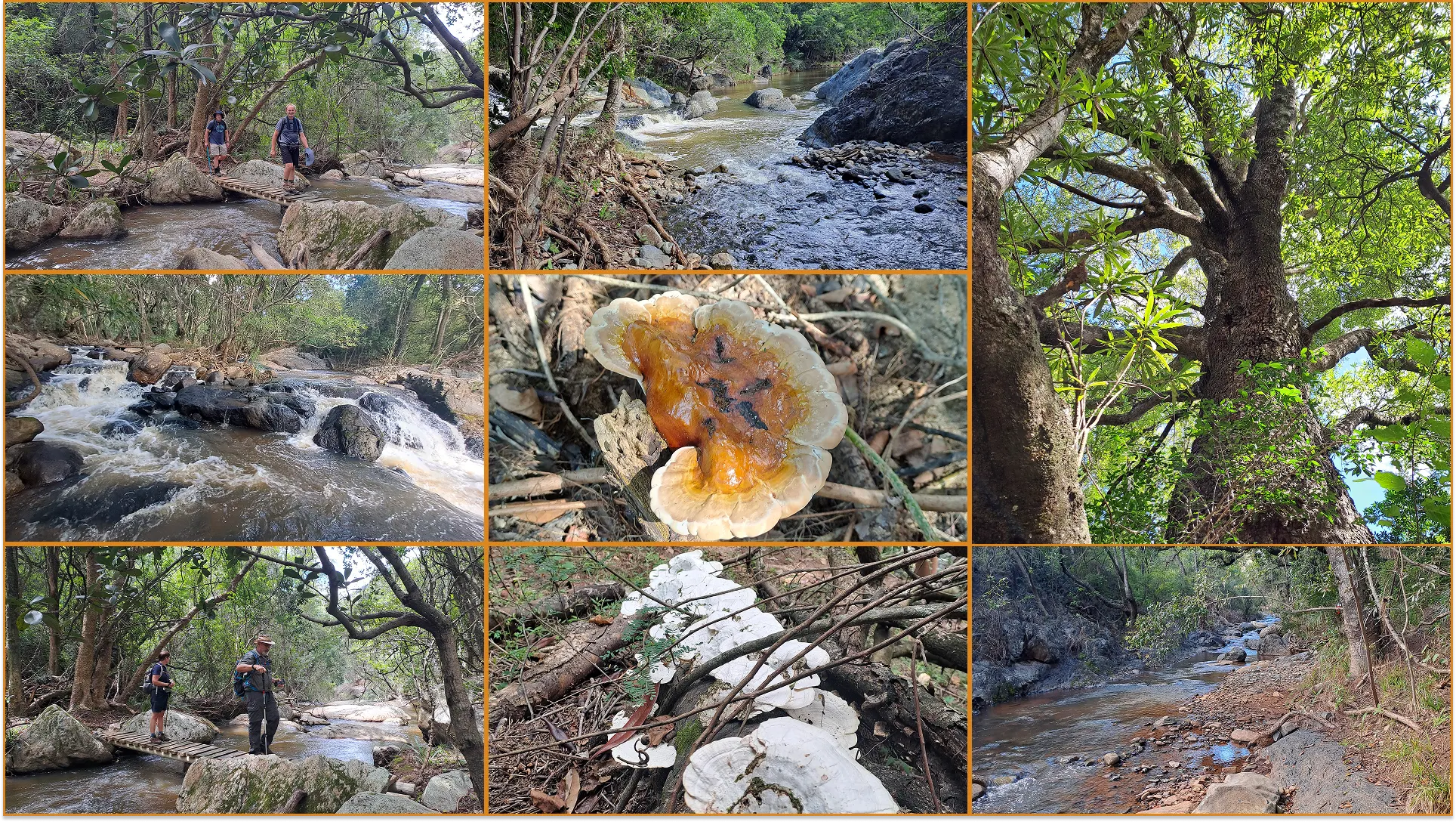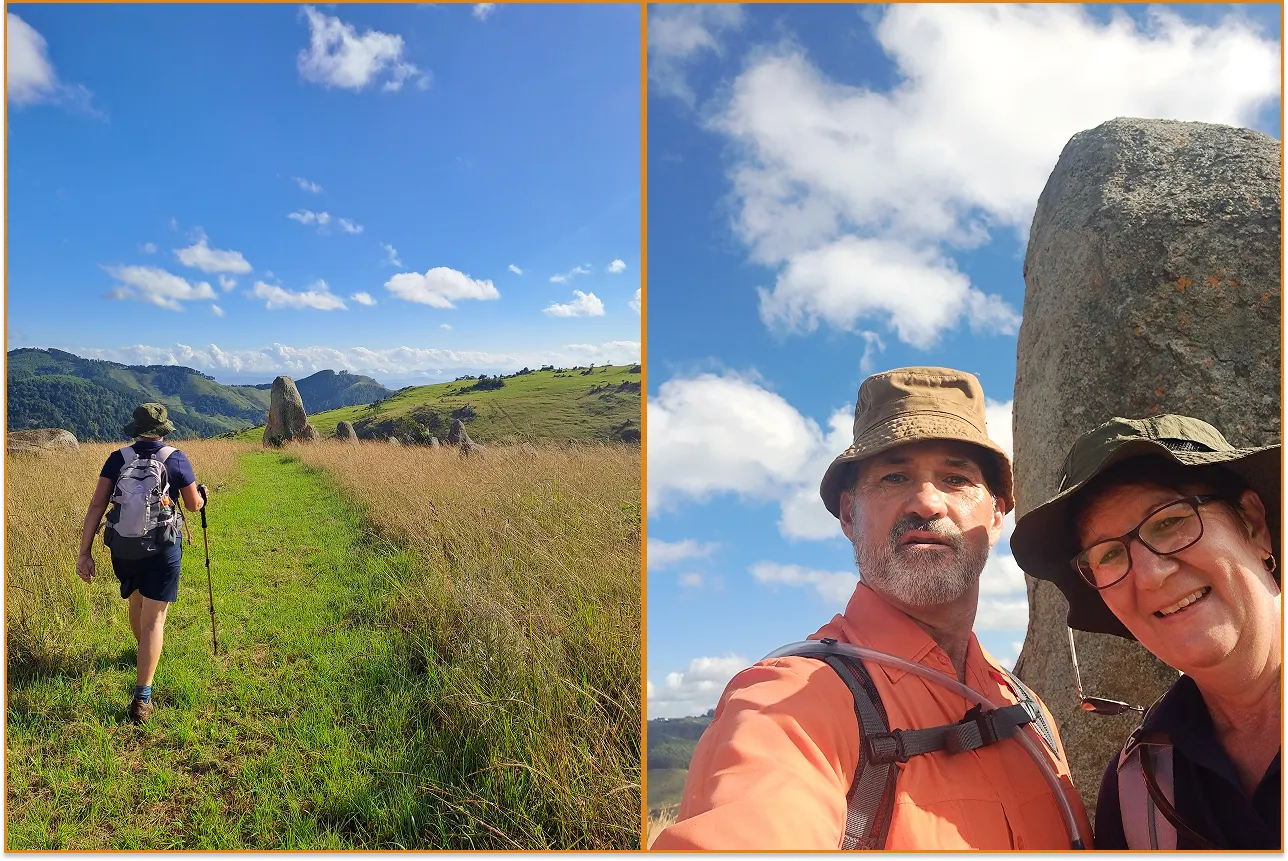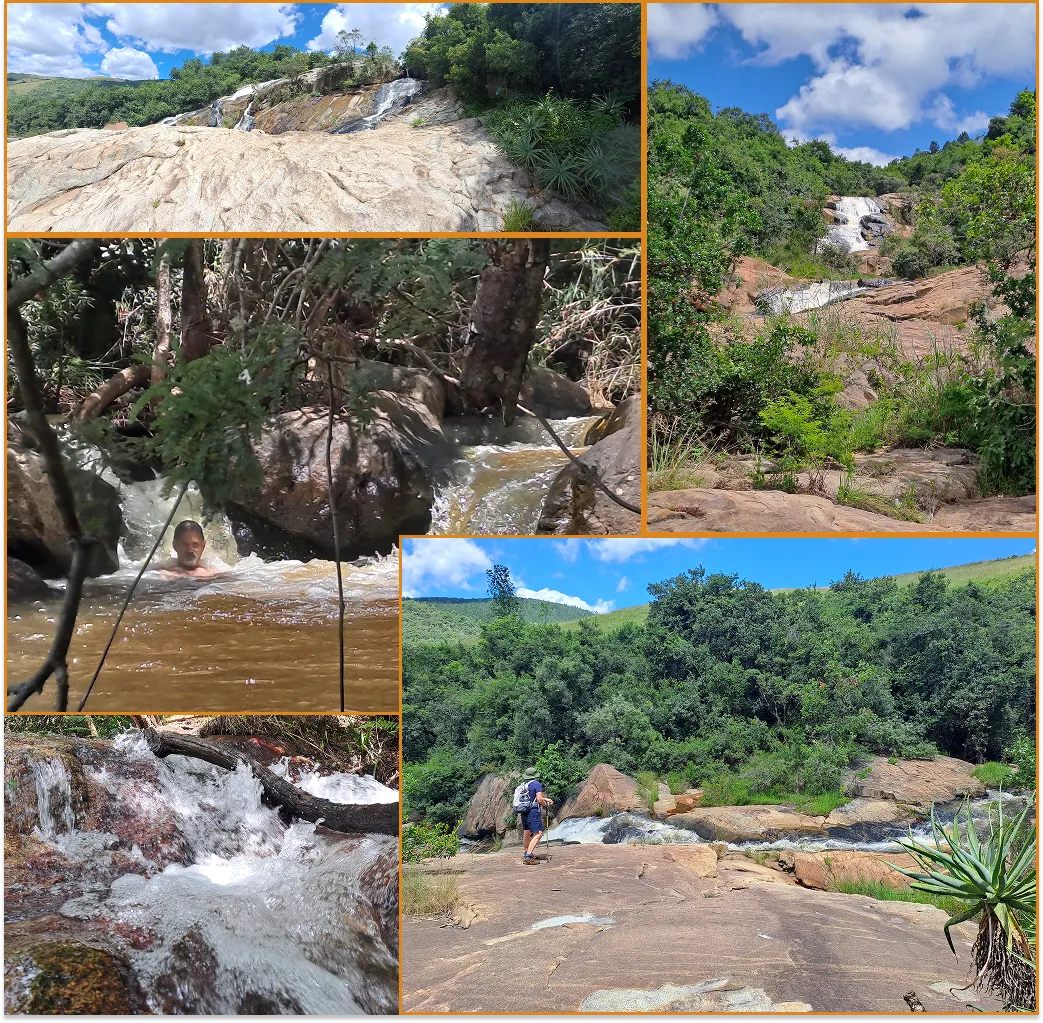Unveiling the Majesty of the Queen Rose Hiking Trail
Journey with us as we explore the breathtaking Queen Rose Hiking Trail, nestled in the scenic Makhonjwa Mountains. This trek offers unparalleled natural beauty, vibrant wildlife, and memorable experiences, from awe-inspiring views to challenging ascents. Whether you’re a seasoned hiker or a weekend warrior, this trail has something for everyone.
The Allure of the Makhonjwa Mountains
The Makhonjwa Mountains, a UNESCO World Heritage site, serve as a stunning backdrop for the Queen Rose Hiking Trail, located between Barberton and Badplaas. The mountains embody the essence of South Africa's natural beauty, offering visitors a vibrant mix of indigenous forests, cascading rivers, and unforgettable wildlife encounters. As my wife and I set off on this adventure with the Dapperstappers Hiking Club, the anticipation was palpable.
Imagine setting foot on the trail, where the scent of damp earth and foliage combines with the melodious calls of over 350 species of birds, creating an immersive symphony of nature. Whether you're a passionate birdwatcher or merely an admirer of serene landscapes, this trail guarantees to enthrall you at every turn.

Trail Overview: An Experience for All
The Queen Rose Hiking Trail is as versatile as it is spectacular. Its winding paths are designed for hikers with varying levels of fitness; even the most leisurely walkers can savor the journey. However, don’t be deceived—this isn't a simple stroll. The climbs can leave you breathless, but the stunning vistas from each ascent make every ounce of effort worth it.
The path unfolds through lush vegetation and provides intriguing river crossings, punctuated by strategically placed splash pools that welcome weary feet. Whether you’re carrying a baby in a backpack or striding beside sprightly seniors, there’s a shared connection to the enchantment of nature here.

Our Memorable Ascent to "Queen Rose Stonehenge"
This particular hike took place towards the end of summer when the lush greenery of Mpumalanga was a sight to behold—thanks to the recent rains. It transformed the landscape into a vivid tapestry of life and color. The moderate climb towards "Queen Rose Stonehenge" was not just a physical challenge; it was a mental journey as well. Each step brought with it the promise of breathtaking views down the valley.
The sight from the top was a moment of sheer awe, allowing us to reflect on the magnificence of nature. Yet, it was the steep descent that proved to be the ultimate test of our knees. Just when we thought we could no longer manage, the path flattened out, welcoming us to the bush camp where we would take a much-needed lunch break. Sharing stories about the descent, our camaraderie blossomed over shared experiences and hearty laughter.

Cupid Falls: The Ideal Picnic Spot
As we resumed our adventure with a climb back to the starting point, a serendipitous discovery awaited us. Two-Thirds up, we encountered Cupid Falls—a picturesque spot inviting us to rest. The water cascaded robustly, and the pools begged for a refreshing splash. This moment encapsulated the essence of the trail; it was about more than just the hike—it was about connecting with nature and each other.

The Spirit of the Queen Rose Trail
The Queen Rose Hiking Trail invites all explorers to reconnect with themselves amidst its serene beauty. From the thrilling river crossings to the expansive vistas at each elevation, it is an experience that fosters a deep appreciation for the great outdoors.
Hiking this trail reminds us that while the path may be challenging, every step taken is a step toward rejuvenation, not just physically, but mentally as well. The next time you’re contemplating a weekend getaway, consider the Queen Rose Trail—a trek that delivers adventure, tranquility, and an unforgettable experience.

A Rare Find

A fungus known as the Devil's Fingers or Octopus Stinkhorn. Its scientific name is Clathrus archeri.
Origin: Native to Australia and New Zealand, but has spread to parts of Europe, Asia, and North America.
Appearance: When it emerges from its egg-like sac, it unfolds into a starfish or octopus-like structure with 4 to 8 reddish “arms” covered in a dark, foul-smelling slime called gleba.
Smell: Emits a rotten flesh odor to attract flies and other insects that help disperse its spores—much like how flowers use scent to attract pollinators.
Habitat: Grows on forest floors, woodlands, or areas rich in decaying organic matter.
Toxicity: It’s not considered edible, mainly due to its smell and slimy texture, but it's not classified as highly toxic.

